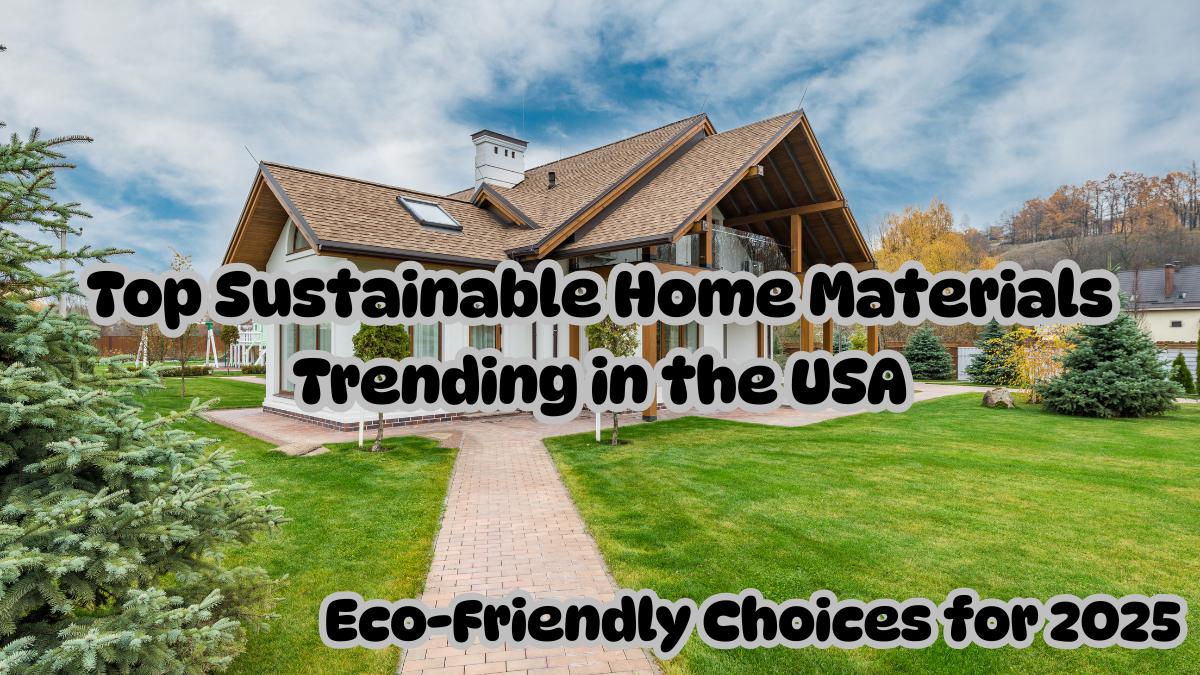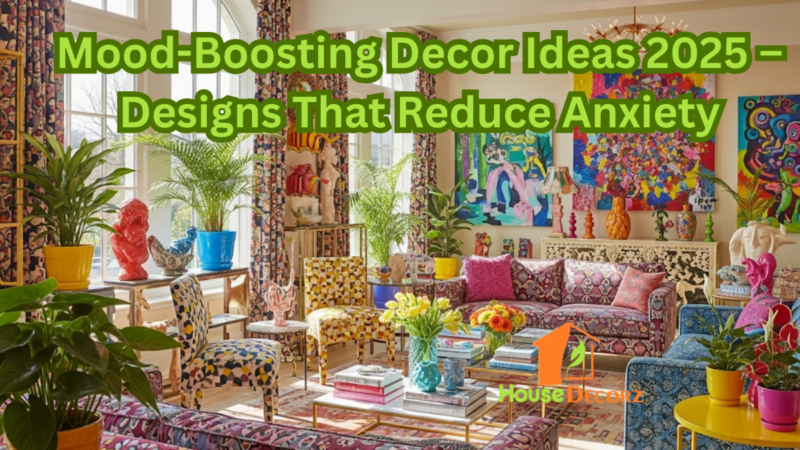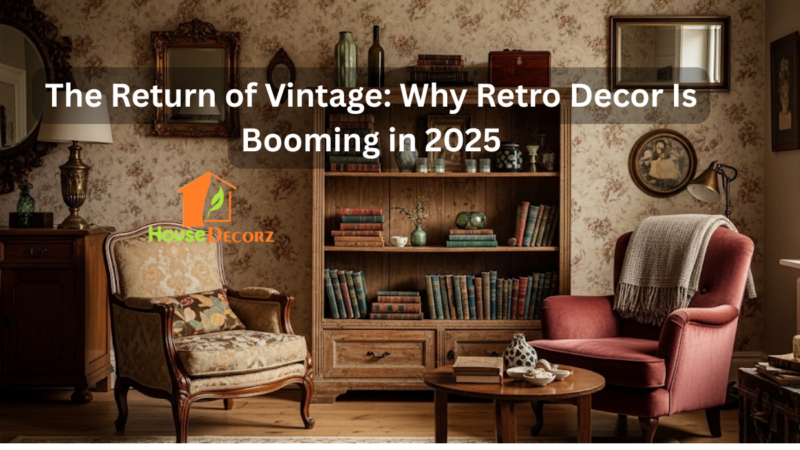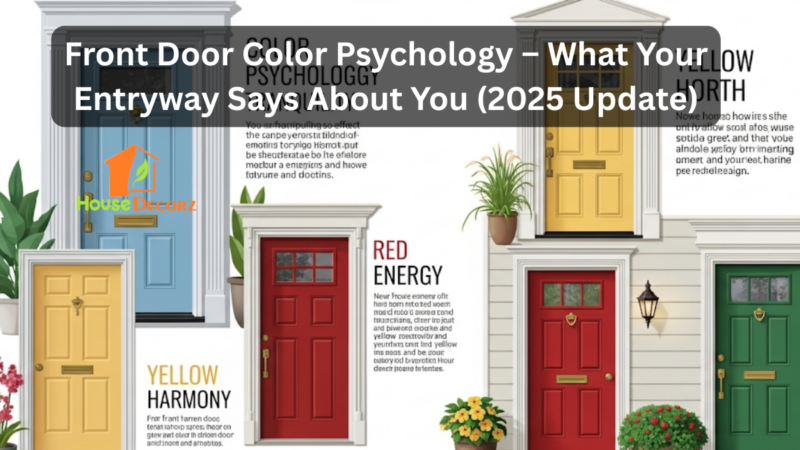Top Sustainable Home Materials Trending in the USA: Eco-Friendly Choices for 2025

As climate concerns grow, American homeowners are rethinking how they build and renovate. The demand for sustainable home materials in the USA is rapidly increasing, driven by eco-conscious consumers and tighter environmental regulations. In 2025, green living isn’t just a trend—it’s becoming the norm.
Summary Table: Popular Sustainable Materials in 2025
| Material | Benefits | Common Uses | Eco-Certifications |
|---|---|---|---|
| Bamboo | Fast-growing, durable | Flooring, cabinetry | FSC, LEED credits |
| Recycled Steel | Strong, long-lasting, recyclable | Framing, roofing | SCS Recycled Content Cert. |
| Hempcrete | Insulating, carbon-sequestering | Walls, insulation | ASTM Certified |
| Reclaimed Wood | Unique, reduces deforestation | Flooring, beams, wall paneling | FSC Recycled, LEED credits |
| Low-VOC Paints | Improves indoor air quality | Interior/exterior surfaces | GreenGuard Gold, ECOLOGO |
| Cork | Renewable, sound-dampening | Flooring, wall tiles | FSC, Cradle to Cradle |
Why Sustainable Materials Matter More Than Ever
The construction sector contributes significantly to global carbon emissions. Shifting toward eco-friendly construction helps reduce energy use, waste, and environmental impact. Whether building from scratch or remodeling, choosing green housing supplies in the USA lowers your home’s footprint and often leads to long-term savings through better energy efficiency.
1. Bamboo: The Rapidly Renewable Wonder
Bamboo stands out for its fast growth—it can regenerate in just three to five years compared to decades for hardwoods. It’s sturdy enough for flooring, yet flexible for use in cabinets and furniture.
Thanks to its renewability and high tensile strength, bamboo has become a favorite in green building. Products made from bamboo often meet FSC (Forest Stewardship Council) standards and contribute to LEED certification, making it a top choice for those serious about sustainability.
2. Recycled Steel: Strength With a Second Life
Recycled steel is revolutionizing modern homebuilding. It’s 100% recyclable and doesn’t degrade in quality after being repurposed. A steel-framed house can use the equivalent of six recycled cars’ worth of material.
Besides its strength and resistance to pests and fire, recycled steel reduces the need for mining raw ores, which is energy-intensive and environmentally damaging. It’s ideal for structural framing, roofing, and even siding.
3. Hempcrete: Nature’s Insulator
Made from hemp fibers, lime, and water, hempcrete is a lightweight and breathable material that provides excellent insulation. It also absorbs carbon dioxide during the curing process, making it carbon-negative.
Although not load-bearing, it’s perfect for walls and insulation, especially in climates needing breathable but thermally efficient walls. It’s gaining traction as a go-to for eco-friendly construction advocates.
4. Reclaimed Wood: Rustic and Responsible
Using reclaimed wood not only saves trees but also adds unique character to a home. It often comes from old barns, factories, and even ships.
Because it’s already been exposed to changes in moisture and temperature, reclaimed wood is often more stable than newly harvested timber. It’s commonly used for flooring, ceiling beams, and accent walls.
5. Low-VOC and Natural Paints: Cleaner Air Indoors
Conventional paints release volatile organic compounds (VOCs), which harm both the environment and indoor air quality. Low-VOC and zero-VOC paints help eliminate these issues.
Brands like ECOS, Benjamin Moore’s Natura line, and Sherwin-Williams Harmony offer high-quality, eco-friendly paints that are safe for families, including those with allergies or asthma. They’re an essential part of sustainable interior design.
6. Cork: A Renewable and Resilient Choice
Harvested from the bark of cork oak trees—without cutting them down—cork is both sustainable and naturally antimicrobial. It’s soft underfoot, making it ideal for flooring, especially in kitchens and bedrooms.
Cork also provides thermal and acoustic insulation, making homes more comfortable and energy-efficient. It’s a great fit for those wanting to combine performance with sustainability.
Looking Ahead: The Future of Green Housing Supplies in the USA
The evolution of green housing supplies in the USA goes beyond materials. Smart technology, energy-efficient appliances, and better waste management systems are also gaining momentum. But materials remain the foundation. With a growing number of builders and suppliers focusing on sustainable practices, it’s becoming easier for homeowners to make responsible choices without compromising on style or quality.
Recommendation
How to Buy Sustainable Furniture – Complete Guide
Top 5 Home Decor Trends Dominating the U.S. in Fall 2025
Top 5 Home Decor Subscription Boxes in the USA – 2025 Review & Comparison
5 Budget-Friendly Home Decor Trends Americans Are Loving in 2025
Kitchen Backsplash Trends 2025 – Best Designs, Textures & Finishes
FAQs: Sustainable Home Materials USA
Q1. Are sustainable materials more expensive than traditional ones?
A: While the upfront cost can be slightly higher, sustainable materials often lead to long-term savings through durability, energy efficiency, and lower maintenance.
Q2. Where can I buy eco-friendly construction materials in the USA?
A: Major retailers like Home Depot and Lowe’s now carry sustainable product lines. Specialty suppliers such as Green Building Supply and EcoBuilding Bargains also offer a wide selection.
Q3. Can I use sustainable materials for home renovations, not just new builds?
A: Absolutely. Many green materials like low-VOC paints, bamboo flooring, and reclaimed wood are ideal for remodels and upgrades.
Q4. Do sustainable homes have higher resale value?
A: Yes, homes built with sustainable practices and materials often attract eco-conscious buyers and can command higher prices due to their energy efficiency and healthier living environments.
Q5. How can I ensure the materials I choose are truly sustainable?
A: Look for third-party certifications such as FSC, GreenGuard, LEED, and Cradle to Cradle, which verify environmental and safety standards.
Final Thoughts
Choosing the right sustainable home materials in the USA is more than just a design decision—it’s a commitment to a healthier planet and a smarter way of living. With innovative options like bamboo, hempcrete, and recycled steel becoming more available and affordable, there’s no need to sacrifice quality or style for sustainability.
As awareness grows and technology evolves, eco-conscious choices are becoming mainstream. Whether you’re building a new home or upgrading your current space, integrating eco-friendly construction and green housing supplies in the USA is a step toward reducing your carbon footprint while enhancing comfort, value, and long-term performance.






